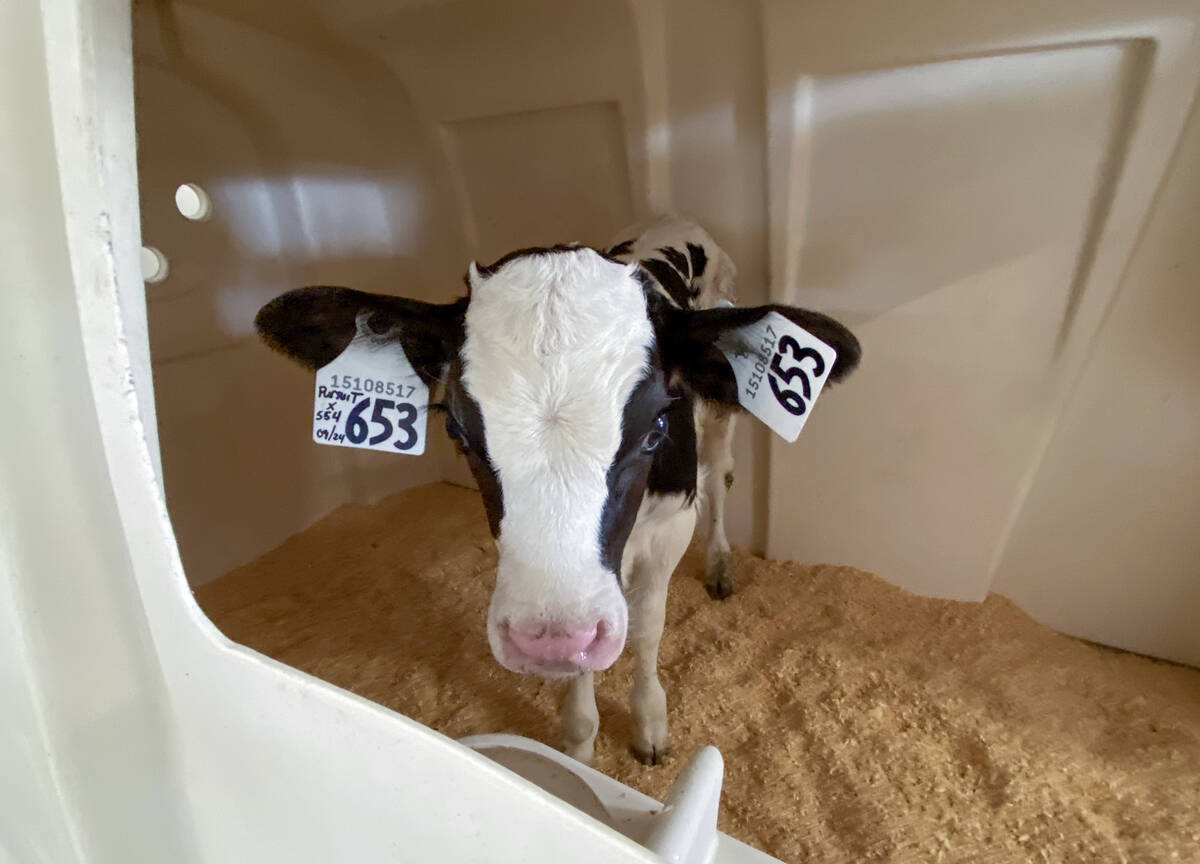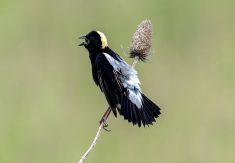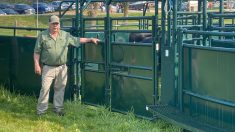The nutritional value of meat must be considered when comparing carbon footprints.
That is the key message from a recent study undertaken by Hybu Cig Cymru – Meat Promotion Wales, Bangor University, Queen’s University and the Agri-Food and Biosciences Institute.
Using data from the Welsh Lamb Meat Quality project, the study focused on different lamb production systems, specifically the finishing period, at the end of which lambs have reached the required weight, meat and fat cover for the market, and ultimately, the consumer.
Read Also

Lactanet turns methane expertise into business opportunity
Lactanet’s new fee-for-service breeding tool initiative to reduce greenhouse gas emissions in Canadian and Swiss Holstein herds will launch in April 2026.
Welsh farms have various lamb production systems, from low-input, in which lamb diets are overwhelmingly grass-based, to higher-input systems, in which lambs may receive concentrate feed along with grass or other forage.
This study specifically explored the effect of the finishing diet on the carbon footprint of lamb meat on a nutritional basis.
“The results published in this paper are great news for the farming sector. We know that lamb production systems are under increasing pressure to reduce their environmental footprint, particularly emissions of greenhouse gases,” said Eleri Thomas, executive with Hybu Cig Cymru – Meat Promotion Wales, who is co-author on the paper.
“However, current metrics used to express the carbon footprint of lamb seldom consider its nutritional density and the contribution it can make to balanced diets in humans.”
The new research explains that lamb can be a valuable source of polyunsaturated fatty acids, such as omega-3 and omega-6, which play an important role in human health.
Data was collected from 33 farms that finished lambs on one of four distinct diets: forage crops, grass, concentrates, or grass and concentrates.
The team at Bangor University used this data to estimate the carbon footprint of lamb produced from each system. This involved looking at the amount of each input used on the farm and calculating the carbon costs of those inputs, the number of livestock on the farm, and the amount of output — in this case, kilograms of lamb produced.
This allowed calculation of the carbon equivalent emissions per unit of product.
The level of polyunsaturated fatty acids in two important cuts of lamb were then measured to determine the carbon footprint per unit of omega-3 polyunsaturated fatty acids. When a conventional mass-based functional unit was employed, lambs finished on grass diets had, on average, the highest carbon footprint.
However, when omega-3 polyunsaturated fatty acids content was accounted for, the grass diet had the lowest carbon footprint for cuts from the loin.
“Typically, carbon footprint assessment of foods use mass-based units, where the carbon emissions are simply considered per kilogram of the food product. This can be useful for comparing the environmental efficiencies of different farming systems,” said Elizabeth Swancott of Meat Promotion Wales.
“However, they do not reflect how different farming systems impact the nutritional differences of the final product. This study demonstrates the importance of considering nutrition when expressing and comparing the carbon footprints of nutrient-dense foods such as lamb.”
Prysor Williams was part of the team from Bangor University’s School of Environmental and Natural Sciences who led the carbon footprint work.
“Research into the environmental footprint of farm production systems is absolutely necessary for us to move the farming industry forward in an informed evidence-based manner,” said Williams.
“While lamb production systems are under increasing pressure to reduce their environmental footprint and contribute to the reduction of greenhouse gases, this research will certainly help inform discussions around the optimal diets for lamb production systems from both a human nutrition and environmental sustainability perspective.”














